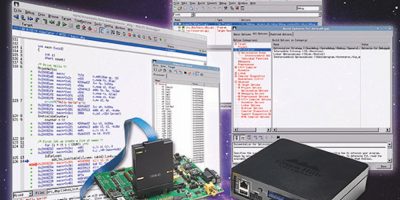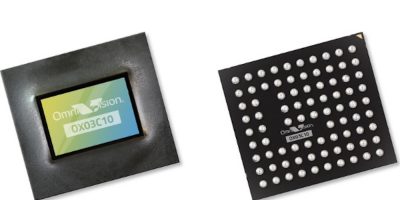I3C multiplexers and I/O expanders from Renesas Electronics deliver 12.5MHz in a small footprint, claims the company.
There are four new I3C Basic bus extension products for control plane designs for data centre and server applications, as well as enterprise, factory automation and communications equipment. The IMX3102 2:1 bus multiplexer, IMX3112 1:2 bus expander, and IXP3114 and IXP3104 1:4 general-purpose I/O expanders support up to 12.5MHz speeds as well as integrated thermal sensor capability.
Engineers can use them when implementing I3C Basic as a system management bus in applications where there may be multiple masters, a large number of endpoint devices and long traces affecting bus complexity and signal integrity. The integrated thermal sensor allows the thermal management to be integrated into the bus design itself and can reduce the number of dedicated thermal sensor endpoints.
According to Renesas, next-gen compute architectures are leading the transition to I3C as the system management bus of choice, as a result of the JEDEC standard’s adoption of I3C Basic for the DDR5 memory sideband. The increase in memory subsystem complexity with distributed power management, telemetry and thermal management at the sub-channel level requires higher sideband bus bandwidth, observes the company.
Demand for advanced thermal control loops, security and component authentication, and more robust fault tolerance and recovery are driving the need for a high bandwidth interface across the entire server control plane. I3C Basic enables system management architectures to provide granular information about the server resource status during boot-up and runtime. This allows system managers to implement effective workload migration and server load balancing to “significantly optimise” server utilisation.
The IMX3102 2:1 bus multiplexer is suitable for designs where there may be two masters controlling a single peripheral or slave devices. The IMX3112 1:2 bus multiplexer supports designs where a single host is controlling two peripheral or slave devices. The general-purpose I/O expanders, IXP3114 (with temperature sensor) and IXP3104 1:4 (without temperature sensor), are designed for a host controller with up to four peripheral or slave devices.
The new I3C products feature integrated temperature sensors. Unexpected motherboard temperature increases can result in costly system failures. Positioning temperature sensors in multiple locations on the motherboard allows engineers to continuously monitor for potential temperature spikes and direct the CPU to take action to prevent a catastrophic event.
Additional features include a two-wire programmable I2C or I3C Basic bus serial interface, a single device load on the host bus and single 1.8V input power supply. The integrated temperature sensor accuracy is 0.5 degrees C with 0.25 degrees C resolution and the industrial operating temperature range is -40 to +125 degrees C.
The devices are supplied in a thermally enhanced, nine-pin PSON-8 package, measuring 2.0 x 3.0mm.
The I3C devices and evaluation boards are sampling now to qualified customers.







